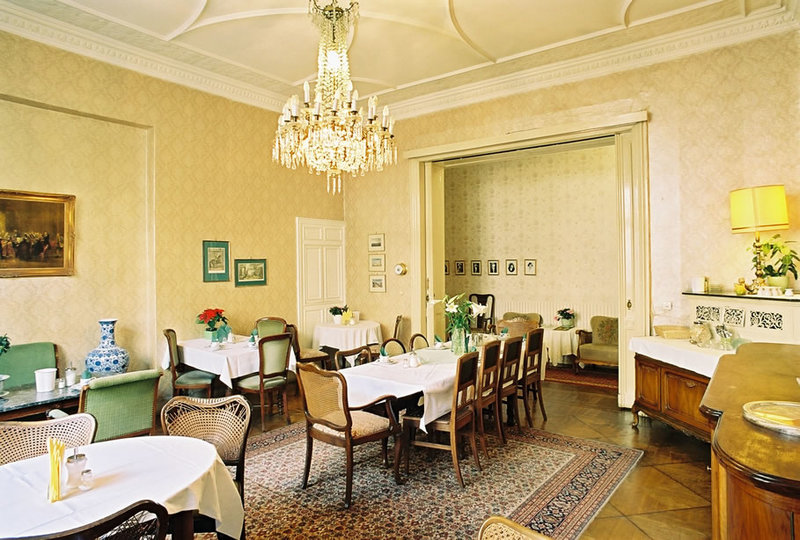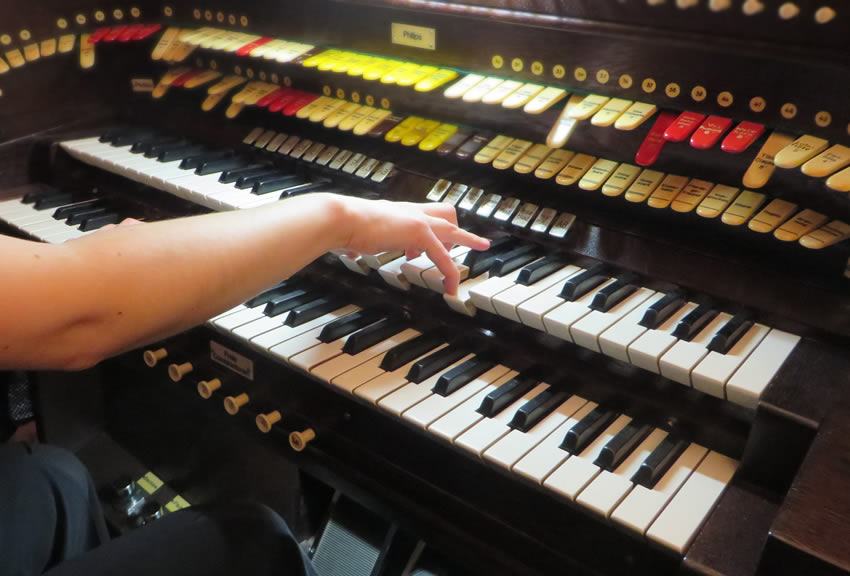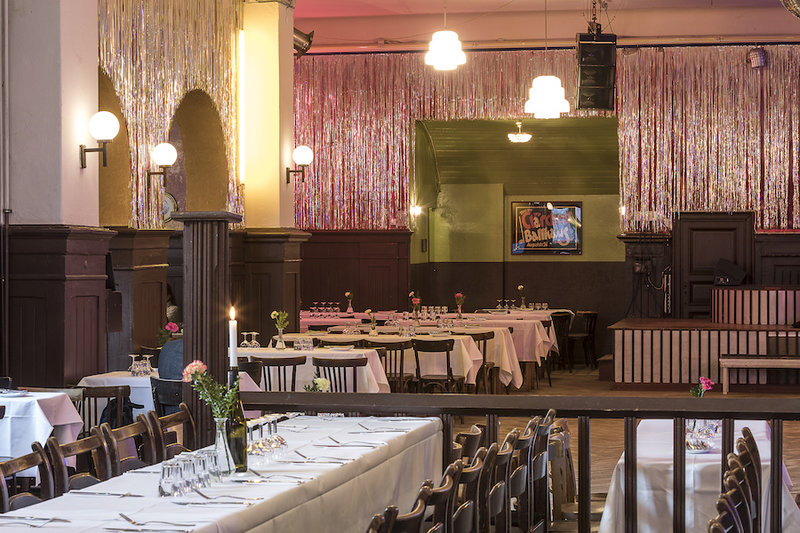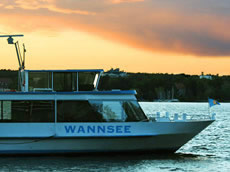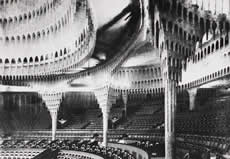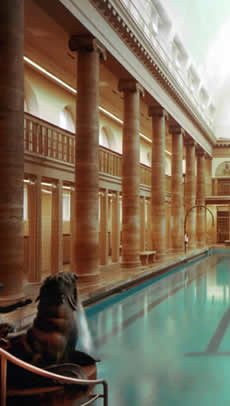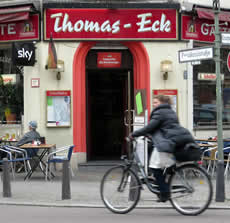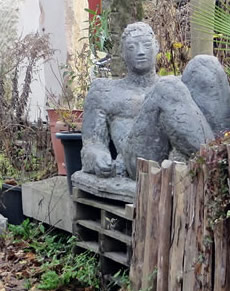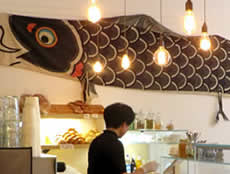Berlin
Weimar Berlin: relive a lost era
The heady, anything-goes years of Weimar Berlin are the stuff of legend.
From bohemian nightlife and risque cabarets to an incredible flourishing of the arts, in the brief period from 1918 to 1933, Berlin shone more brightly than any other city.
And if you're yearning for a glimpse of that divinely decadent era, we're here to help...
Bohème Sauvage
Dress in obligatory vintage finery and head out for a night of cabaret, dancing and decadent excess. Collect a stash of 'Reichsmarks' to blow at the in-house casino, or knock back a glass of absinthe or three.
Bohème Sauvage parties aim to recreate the glamour and excitement of twenties nightlife, and having clocked up well over a decade's worth of spectacular events, it's safe to assume they'll put on a show you won't forget.
Bohème Sauvage: various dates and venues: see website for details
B & Bs with vintage charm
In TV series Babylon Berlin, hero Gereon Rath takes rooms in a local boarding house - the usual option in the 1920s for out-of-towners planning an extended stay.
For today's travellers, Berlin's old-style bed and breakfast establishments are still a great alternative to bland hotel chains, and if you don't mind the fact that facilities are often on the creaky side, the payoff is oodles of atmosphere and a chance to experience life inside Berlin's grand apartment blocks.

Hotel Pension Fasanenhaus

Hotel Pension Fasanenhaus
The Pension Funk is one of the best, offering time-warp accommodation in a gorgeous, late 19th century apartment once owned by silent movie star Asta Nielsen.
Hotel Pension Fasanenhaus exudes more of that old-school feel, while the Pension Bismarck, though a little further out of town, combines nostalgia with lashings of vintage kitsch.
Admiralspalast
Back in the roaring twenties, Friedrichstrasse was Berlin's ultimate entertainment mile, lined with countless theatres, revues, clubs and cafes. Almost none survived, but the remarkable Admiralspalast still stands in its prime position close to the station.
Inaugurated in 1911, the Admiralspalast boasted an ice rink, basement bowling alleys, a grand cafe and assorted luxury spas - all open 24 hours.
By the 1920s, the ice rink had been converted into a revue theatre, but the Turkish baths remained a favourite rendezvous (often for rather illicit activities).
They, too, eventually disappeared, yet the theatre itself remains in place as one of Berlin's leading venues.
Even if the current programme doesn't tempt, it's worth stopping by to ogle the Admiralpalast's wonderful facade and fantasise about the glory days of this extraordinary palace of pleasure.
Admiralspalast: Friedrichstraße 101, 10117 Berlin
Opening times: check website for details
Bar Jeder Vernunft
An art nouveau marquee designed as a portable Danse Palais is the enviable setting for Bar Jeder Vernunft, a cabaret and restaurant tucked away behind the Kurfürstendamm.
The roster of acts is always top notch, but it's the magical tent of mirrors that proudly takes centre stage.

© Dirk Plamböck

© Dirk Plamböck
Bar Jeder Vernunft: Schaperstrasse 24,
10719 Berlin
Babylon Kino and its classic cinema organ
Designed by Weimar starchitect Hans Poelzig, the Babylon Kino has changed little since it first opened in 1929.
What's more, its original cinema organ is still in place, meaning that silent movies - which are shown FREE on a Saturday night - receive a spirited accompaniment complete with 34 special effects such as fire alarms or thunder.
For even grander cinematic events, an orchestra gathers in the pit (an important feature of all silent movie palaces) to provide a live score.
Look out for gala performances of classics such as Metropolis or Nosferatu.
Babylon Kino: Rosa-Luxemburg-Strasse 30, 10178 Berlin
Clärchens Ballhaus
OK: so this is probably one of Berlin's most popular destinations, but despite the ever-present tourist crowds, this beautifully preserved dance hall is definitely worth a visit.
Opened in 1913, it was originally named Buehler's Ballroom after its first owner, but when he died became known as Clärchen's, the nickname of his widow Clara.
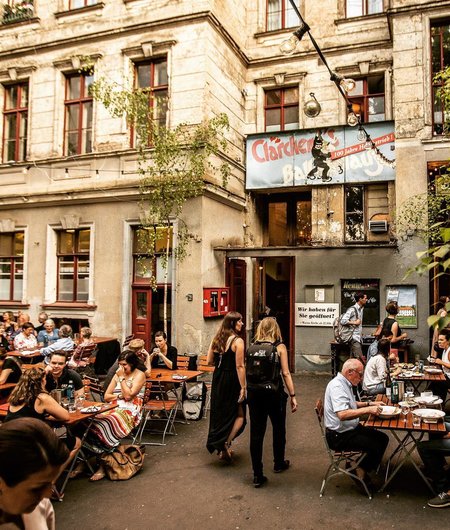
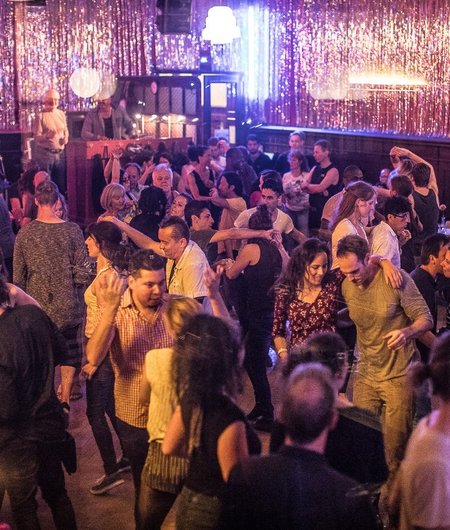
Its Weimar-era credentials are impeccable: the logo was designed by Otto Dix, and Clärchen’s is named in Alfred Döblin's famous novel 'Berlin Alexanderplatz' as a favourite haunt of protagonist Franz Bieberkopf.
The spirit of '20s Berlin lives on in the ground floor restaurant and dance floor, where guests of all ages strut their stuff between mouthfuls of sausage and potato salad.
Upstairs, there's yet another treat in the form of the opulent Mirror Room, an evocatively crumbling time capsule that was only recently reopened after years of slumber.
Perhaps the ultimate address in the nostalgia-hunter's schedule, Clärchens Ballhaus is Berlin at its vintage best.
Clärchens Ballhaus: Auguststraße 24, 10117 Berlin. Opening hours: Sun-Thurs, 11am-12am; Fri-Sat, 11am-4am
Missed part 1 of our guide to vintage Berlin? Click here!
ScrollSee also:
Back to the 20s in a Kreuzberg bar
Remnants of a Potsdamer Platz pleasure palace
ABOUT | CONTACT | PRIVACY | ACCESSIBILITY


